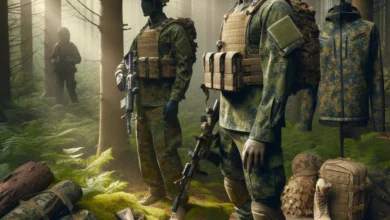Ancient Artz: Timeless Artistic Masterpieces
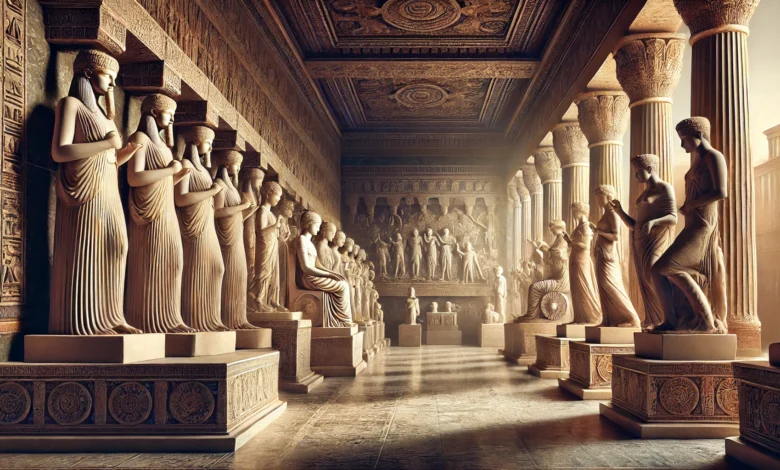
Introduction
Ancient Artz isn’t just about the past; it’s a vibrant reflection of human culture, capturing the beliefs, values, and experiences that have shaped civilizations over thousands of years. From the first cave paintings to the intricate sculptures of ancient Greece and Rome, these artistic expressions offer a unique glimpse into the lives and minds of our ancestors, revealing the essence of early human creativity.
The Origins of Ancient Artz
Ancient Artz in Prehistoric Times
The earliest examples of ancient artz can be found in cave paintings, such as those in the Lascaux Caves in France and the Altamira Caves in Spain. Specifically, these works, dating back over 30,000 years, depict animals, hunting scenes, and abstract symbols. Consequently, they illustrate the deep connection between early humans and their surroundings, revealing how art served as a reflection of their environment and daily life.
The Evolution of Ancient Artz
As societies evolved from nomadic lifestyles to settled communities, new forms of artistic expression emerged. Pottery, sculpture, and architecture began to flourish, laying the groundwork for the diverse and sophisticated art forms that would define ancient civilizations.
Exploring Diverse Styles in Ancient Artz
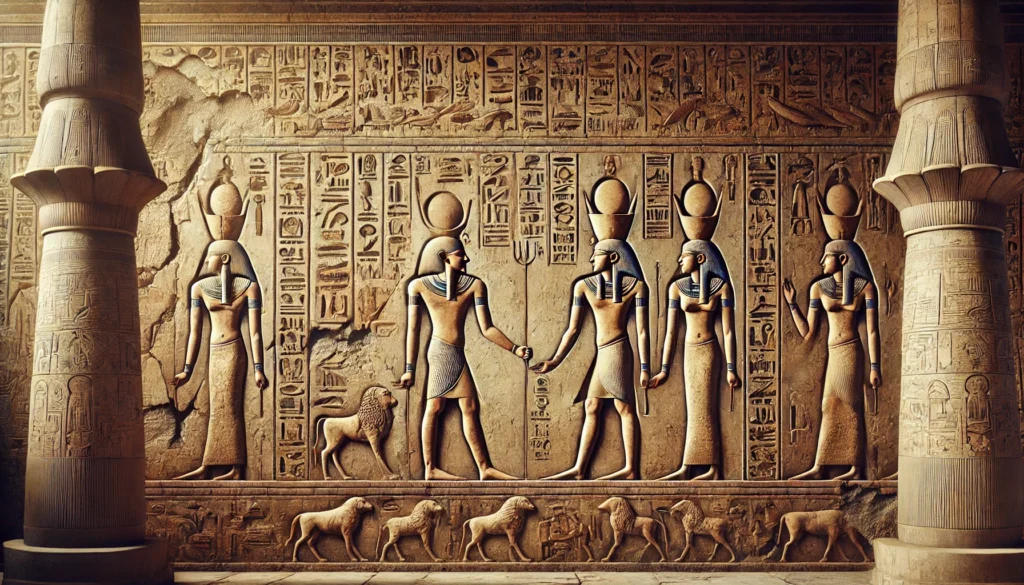
Egyptian Art: A Journey Beyond Life
Egyptian art is renowned for its unique style and deep connection to religion and the afterlife. Most Egyptian artworks were created to honor the gods or ensure a safe journey for the deceased into the next life.
Key Features:
- Hieroglyphics: Symbolic writing using images.
- Sculptures and Statues: Depicting gods, pharaohs, and significant figures.
- Frescoes and Paintings: Found in tombs and temples, showing scenes from daily life, religious rituals, and the afterlife.
Greek and Roman Art: Foundations of Western Beauty
Greek and Roman art are deeply interconnected, with Roman art heavily influenced by Greek traditions. These cultures are known for their achievements in sculpture, architecture, and pottery, which have laid the foundation for Western art.
Key Features of Greek Art:
- Classical Sculptures: Idealized human forms with perfect proportions.
- Pottery: Vivid depictions of mythology and everyday life.
- Architecture: The development of column orders (Doric, Ionic, Corinthian).
Key Features of Roman Art:
- Realism in Sculpture: Detailed, lifelike portrayals of individuals.
- Mosaics: Complex designs made from small pieces of stone or glass.
- Architecture: Innovations like arches, domes, and concrete structures.
Chinese Art: Harmony and Tradition
With a history that spans over 5,000 years, Chinese art is one of the world’s oldest continuous traditions. It is characterized by an emphasis on harmony, balance, and a deep connection to nature.
Key Features:
- Calligraphy: The art of beautiful writing, highly valued in Chinese culture.
- Ink and Wash Painting: Elegant depictions of landscapes, flowers, and birds.
- Ceramics: Including the famous blue and white porcelain.
Indian Art: Spirituality in Every Stroke
Indian art is steeped in spirituality, with a rich tradition of sculpture, painting, and architecture that reflects the subcontinent’s diverse cultural and religious heritage.
Key Features:
- Sculpture: Depictions of gods, goddesses, and mythological scenes.
- Temple Architecture: Highly ornate with intricate carvings.
- Miniature Paintings: Detailed works depicting court scenes or religious themes.
Materials and Techniques in Ancient Artz
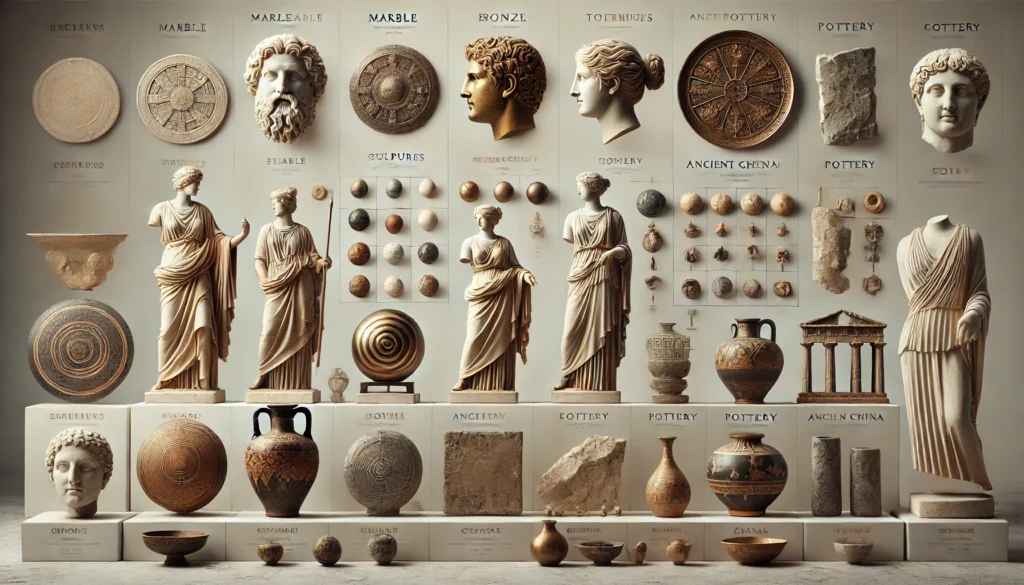
The materials and techniques used in ancient art varied widely depending on the region and available resources. Here’s a quick look at the key materials and techniques used by different civilizations:
| Civilization | Materials Used | Techniques Employed |
|---|---|---|
| Egypt | Stone, wood, gold, papyrus | Carving, painting, inlay, frescoes |
| Greece | Marble, bronze, clay | Sculpture, ceramics, fresco painting |
| China | Silk, ink, paper, porcelain | Calligraphy, painting, ceramics |
| India | Stone, wood, metal, textiles | Carving, painting, weaving, metallurgy |
| Rome | Marble, concrete, glass | Sculpture, mosaic, architecture |
These materials and techniques reflect not only the resources available to these civilizations but also their cultural values and technological achievements. Moreover, they reveal how the societies adapted to their environment and utilized their advancements. Consequently, these artifacts provide insight into both their practical and symbolic uses.
Symbolism and Themes in Ancient Artz
Ancient artz is rich in symbolism, using imagery and motifs to convey deeper meanings. Common themes across various cultures include religion, nature, and the human experience.
Religion & Spirituality
Many ancient artworks were created to honor the gods or as offerings in religious ceremonies. Examples include statues of deities in Greek art and Egyptian tomb frescoes.
Nature
Nature was a central theme in ancient art, and as a result, it inspired various works. For example, Chinese landscape paintings and Native American pottery adorned with animal motifs both reflect this profound connection. Furthermore, these artworks not only celebrate nature’s beauty but also illustrate how different cultures interpreted their natural surroundings. Consequently, they offer valuable insights into the significance of nature in ancient artistic expressions.
Human Experience
Ancient art often depicted scenes from everyday life, such as farming, hunting, and social gatherings. In addition to showcasing these activities, these artworks provide a valuable glimpse into the daily lives of people in ancient times. Furthermore, by examining these depictions, we can better understand the social structures and cultural practices of historical societies. Consequently, these artistic representations not only document daily life but also offer insights into the broader historical context.
The Influence of Ancient Artz on Modern Times
Ancient art continues to influence modern art and culture, inspiring contemporary artists, architects, and designers. Many of today’s artistic traditions draw directly from the techniques and styles pioneered by ancient civilizations.
Reviving Classical Styles
The Renaissance marked a revival of Greek and Roman art, with artists like Michelangelo and Leonardo da Vinci drawing inspiration from ancient sculpture and architecture.
Cultural Heritage
Ancient artifacts are a crucial part of many nations’ cultural heritage. Efforts to preserve and study these works have deepened our appreciation for the artistic achievements of early civilizations.
Contemporary Design
Modern architecture, fashion, and visual arts often incorporate elements from ancient art, blending classical motifs with contemporary aesthetics to create timeless designs.
Preserving Ancient Artz for Future Generations
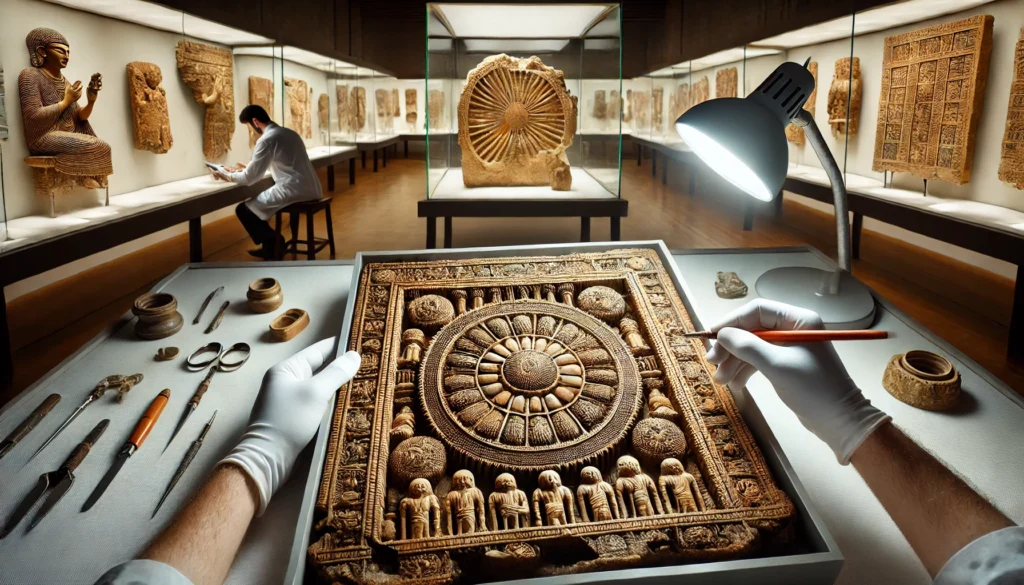
Preserving ancient art is vital for understanding our shared history and cultural heritage. Over the centuries, natural disasters, conflicts, and neglect have led to the loss of many ancient artworks. Nevertheless, ongoing restoration efforts are crucial in safeguarding these treasures. Furthermore, by investing in conservation, we not only protect our past but also ensure that future generations can appreciate and learn from these invaluable pieces. Consequently, preserving ancient art helps maintain a connection to our cultural roots and historical legacy.
Challenges in Preservation
- Environmental Factors: Sunlight, moisture, and temperature changes can degrade ancient artworks.
- Human Impact: Looting, vandalism, and improper handling have led to the destruction of numerous ancient artifacts.
- Technological Constraints: The materials and techniques used in ancient art can be difficult to preserve with modern methods.
Preservation Efforts
- Restoration Projects: Organizations work tirelessly to restore ancient artworks using advanced techniques.
- Museums and Exhibitions: Museums play a critical role in preserving and displaying ancient artifacts in controlled environments.
- Education and Awareness: We need to educate and raise awareness to safeguard ancient artifacts for future generations.
FAQs
What is ancient artz?
Ancient artz refers to the artistic works created by early human civilizations, including paintings, sculptures, pottery, and architecture, reflecting their cultural, religious, and social values.
What materials did artists commonly use in ancient art?
Common materials included stone, wood, clay, metal, and textiles, depending on the resources available to each civilization.
How does ancient art differ from modern art?
Ancient art often focused on religious and mythological themes with a strong emphasis on symbolism, whereas modern art explores a broader range of themes and often emphasizes personal expression.
Why is it important to preserve ancient art?
Preserving ancient art is crucial because it offers insights into the history and culture of early civilizations and forms a significant part of our shared cultural heritage.
How does ancient art inspire modern art and design?
Ancient art has had a profound influence on modern art and design, with many contemporary artists and designers drawing inspiration from the techniques, styles, and themes of ancient civilizations.
Conclusion
Ancient Artz is a treasure trove of human creativity, offering us a deep connection to our past. By exploring the diverse forms, materials, and themes of ancient art, we not only appreciate the artistic achievements of our ancestors but also gain a better understanding of the cultural and historical forces that continue to shape our world today. Furthermore, as we strive to preserve these ancient works, we ensure that their beauty and significance endure. Consequently, this effort inspires future generations while keeping the legacy of ancient civilizations alive. Moreover, whether through the revival of classical styles or the incorporation of ancient motifs into modern design, ancient artz continues to be a powerful and influential force in the art world.




